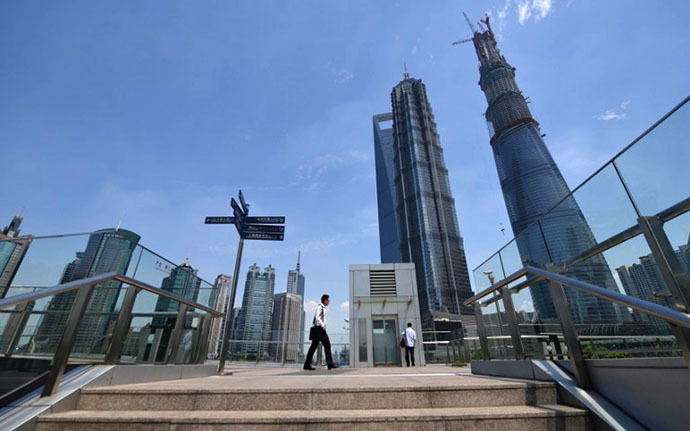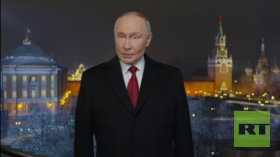All according to plan: China injects $2.8 billion into economy
China’s central bank injected money into the financial system for the first time since February, calming concerns that June’s cash squeeze will be repeated at the end of July.
Stock markets responded positively to the $2.77 billion (17
billion yuan) of seven-day reverse bond repurchase agreements. It
marked the first time the central bank interfered in the open
market since June 20th, as it moves towards economic
convertibility.
The cash crunch at the end of June drove up the interbank lending
benchmark to a four week high, and the bank responded by removing
controls on lending, now letting institutions self-regulate
lending rates which were previously controlled by the People’s
Bank of China.
China’s central bank conducted reverse-repurchase operations for
the first time in five months, helping alleviate a cash squeeze
that drove the benchmark interbank lending rate up.
"We have to see what happens now in the context of the credit crisis that has been developing for years now. As much of the Chinese economic growth since at least 2009 has been the direct result of Bank of China liquidity injections into the Chinese economy. Now that we have the Xi Jinping administration coming along and trying to supposedly rebalance the Chinese economy away from fixed investment and more towards house hold consumption, they are basically threatening to close that spigot of liquidity into the markets," James Corbett, the editor of a Japan-based news website told RT.
The number game
Economists are split over China’s 7.5 percent growth rate, which
is heading for a 23-year low after phenomenal growth over the
past three decades, and is now starting to show some cracks.
Some view it as evidence the world’s second-largest economy is
finally being pulled into the global recession, and others see it
as a signal the economy is maturing and becoming self-sufficient,
rather than export and investment driven.
“There is nothing to worry about. 7.5% is still a healthy
growth and is actually designed by the government to reduce the
overrated economy and the secret now lies in domestic
consumption,” Thorsten Pattberg, a research fellow at Peking
University, told RT.

Pattberg believes China can maintain 7.5 percent growth for the next ten years, and sees
it as a crucial element in lifting Europe out from recession.
“China can help Europe get out of the financial crisis. China is still pulling the world economy. The US grew by 4%, China 7.5% and this is enough for the Chinese government,” Pattberg told RT.
The drop to 7.5 percent in the second quarter marked the ninth
slowdown in the past 10 quarters. Chinese growth has cooled down
because it is now working within a more domestic framework.
some experts are
skeptical about China's growth numbers. James Corbett
recalls 2010 leaks of diplomatic cables from 2007 that came out
indicating that the Chinese Premiere Li Keqiang had said
behind closed doors that the Chinese GDP numbers were “manmade”
and “unreliable”.
"I think that it’s an artificially constricted number
certainly, China has performed better in recent years than a lot
of other economies, but that is coming to an end. We could see
this spiral out of control if the Bank of China isn’t very
careful about what it’s doing. If they send out wrong signals or
they tight up the liquidity too much too quickly it could have
some devastating effects that will spill around the world,"
Corbett told RT.
The government has announced three major stimulus plans - reducing small business taxes, balancing currency on exports, and the semi-privatization of the railway system.
‘Freeing’ the Chinese economy
Industrial production fell to 8.9 percent, more than expected, in June, missing the 9.1 percent target and down from 9.2 percent in May, and fixed-asset investment fell to 20.1 percent from 20.4 percent in the same period.
China’s central bank has removed controls on lending, and will now let financial institutions self-regulate rates which were previously constrained by a 70 percent floor benchmark.
As China enters a new paradigm, characterized by healthier and
sustained growth, it is slowly moving to ‘free’ its economy of
government controls in the hope of driving credit ratings and the
real economy.














